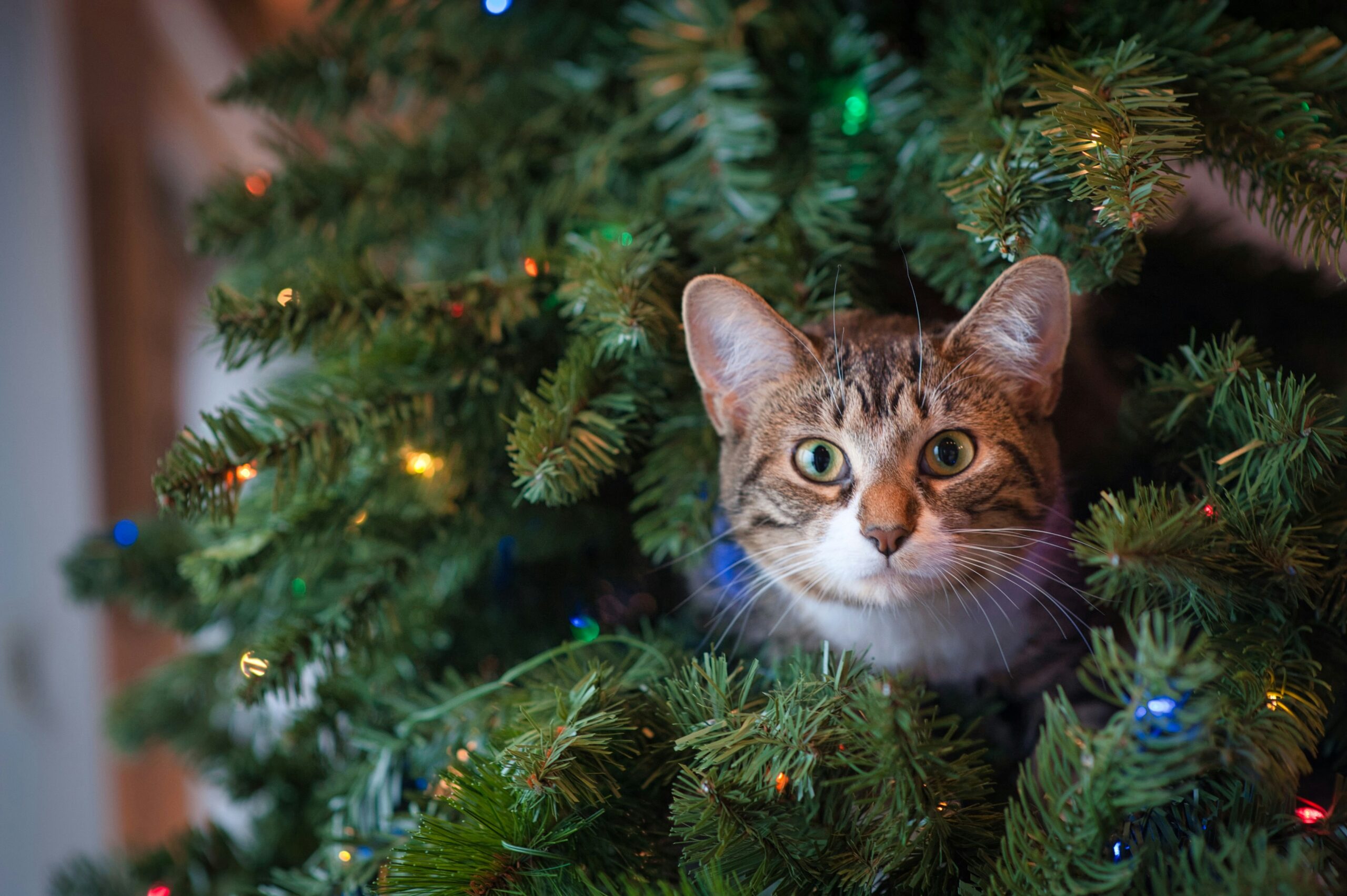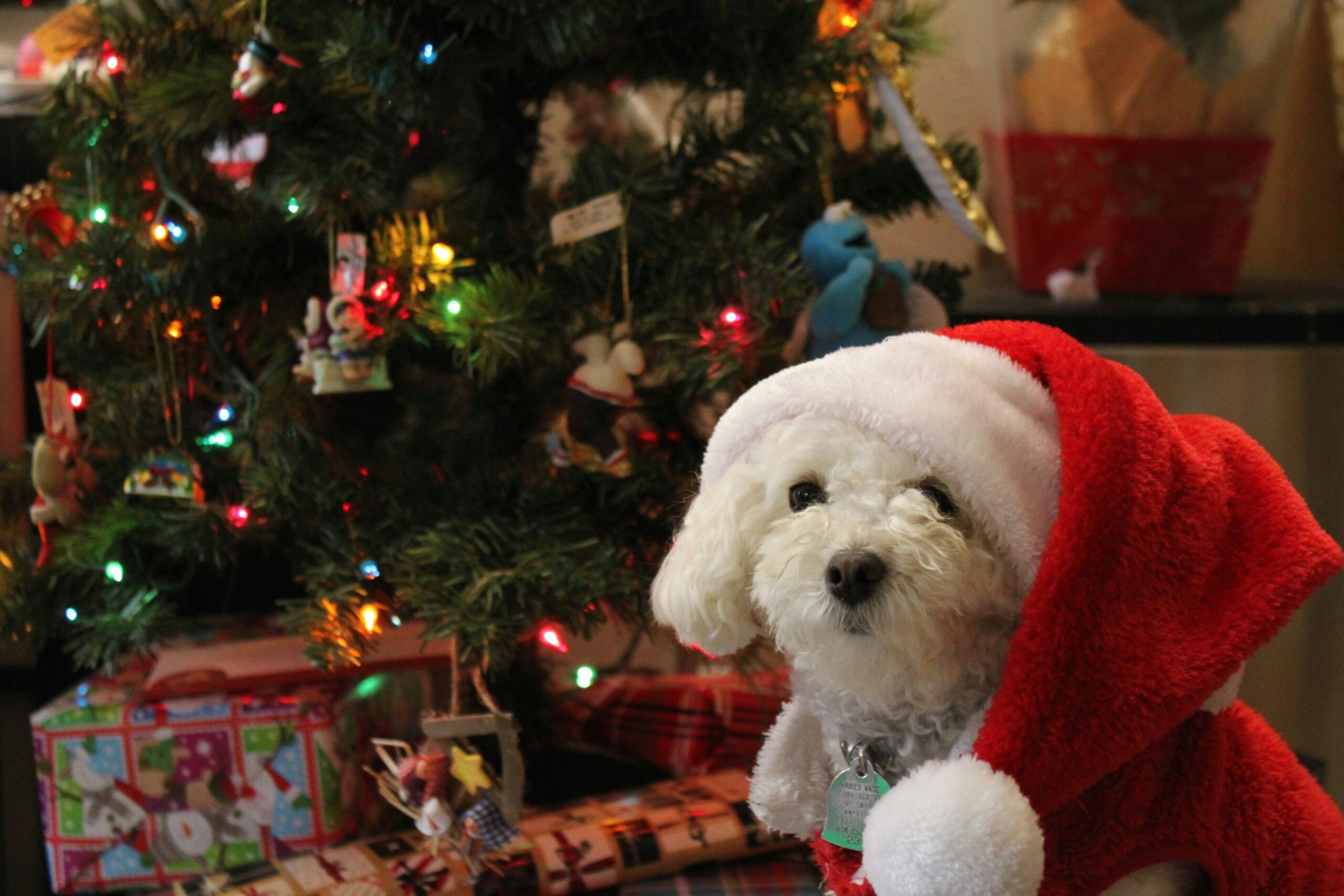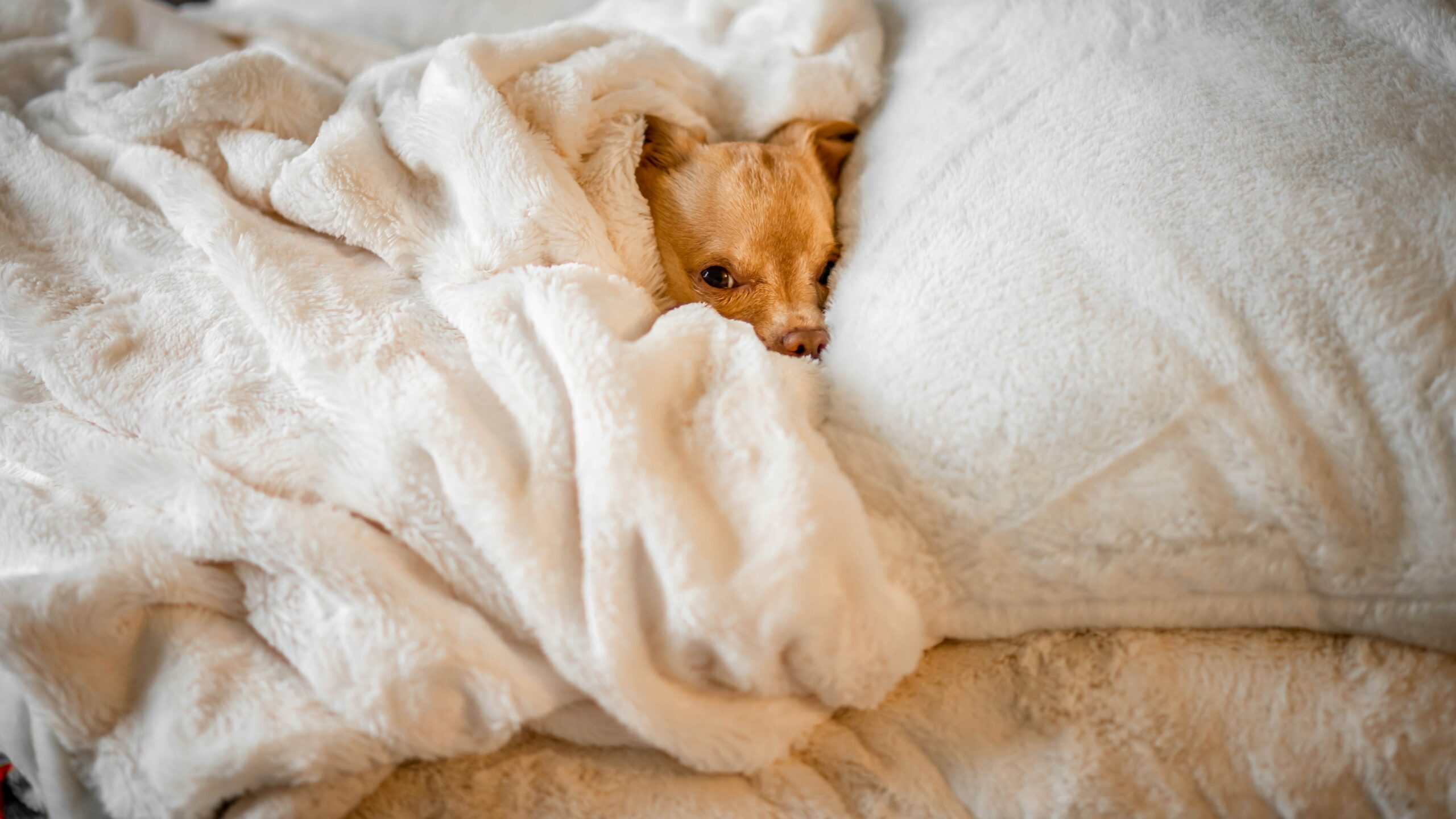Time to Read: 7 mins
Time to Read: 7 mins
Key Stats
Life expectancy: 13-15 years old
Height: 25- 30 cm
Weight: 6-10 kg.
About Pugs
Pugs are originally from China. Where they were treated like royalty as they were loved by the rulers of China at the time, the Han dynasty. Once they came to Europe, pugs quickly grew in popularity and were thought to be prized animals. This could largely be due to the fact they were even owned by royalty in both England and France.
They were first bred to be lap dogs. That is why they love being around people. Pugs were bred using artificial selection which has resulted in some issues for the breed.
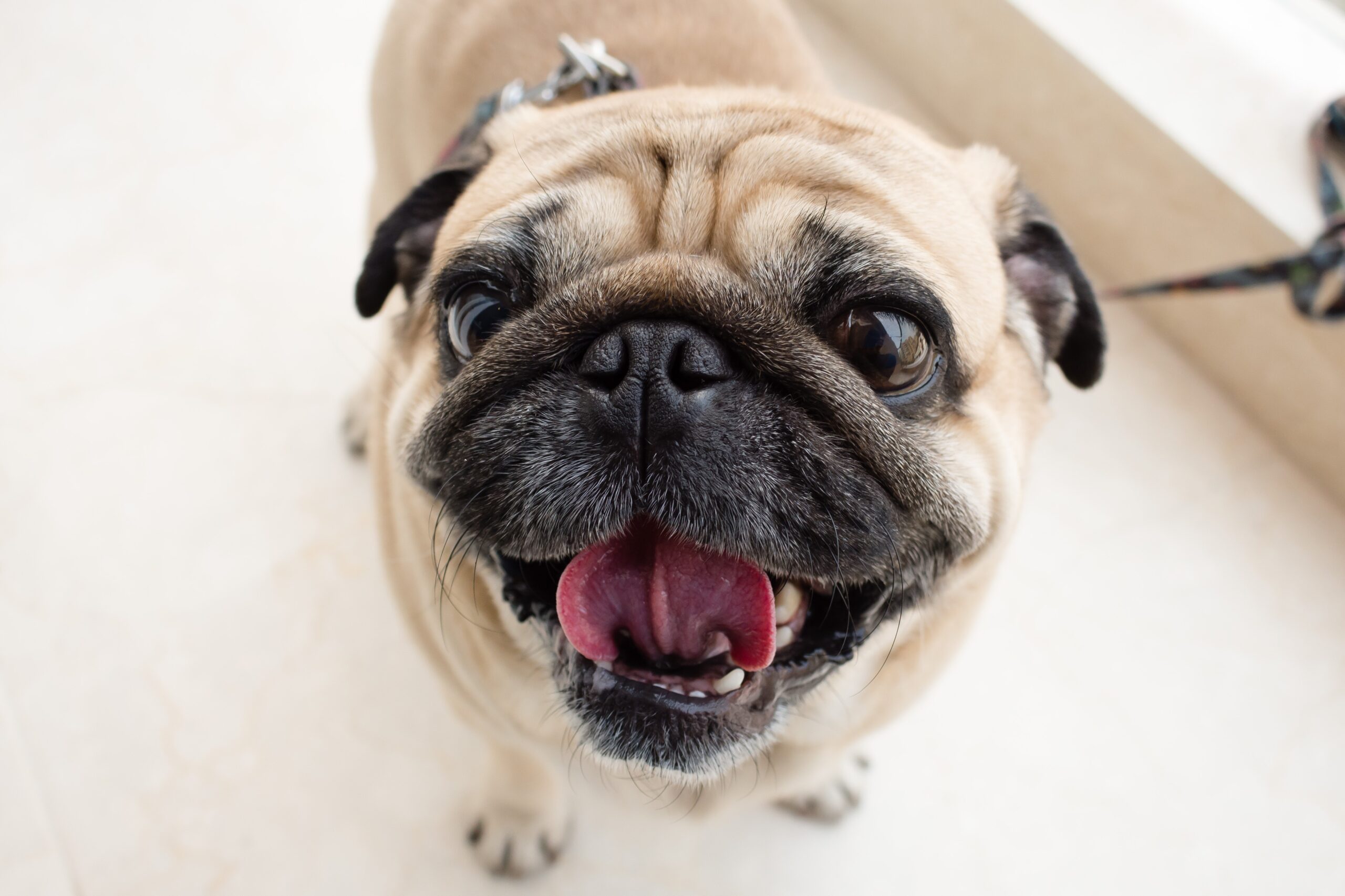
Key Stats
Life expectancy: 13-15 years old
Height: 25- 30 cm
Weight: 6-10 kg.
About Pugs
Pugs are originally from China. Where they were treated like royalty as they were loved by the rulers of China at the time, the Han dynasty. Once they came to Europe, pugs quickly grew in popularity and were thought to be prized animals. This could largely be due to the fact they were even owned by royalty in both England and France.
They were first bred to be lap dogs. That is why they love being around people. Pugs were bred using artificial selection which has resulted in some issues for the breed.
Factors to consider
They are a small breed so they can easily live in an apartment or small spaces. Pugs do not like to be left alone and will suffer from separation anxiety if they go too long without human contact. They might even follow you around the house and come for a cuddle in your bed at night. They do not enjoy extreme weather. If it is too hot or too cold, they would prefer to be inside. They are very susceptible to overheating. This is due to their short noses and small air passages. They are unable to cool themselves down as fast as other types of breeds, like a Labrador for example. When taking them out in the heat, it is something to be aware of.
Temperament
Pugs are a very loving and affectionate breed but they do have a stubborn side too. They are social and enjoy interacting with other dogs while remaining close in proximity to their humans, of course. If well-socialised they are good to have around other dogs and children due to their reserved and loving nature. They love to play which is a great way for you and your pug to form a strong bond. They are not known to bark and are generally quiet dogs to have. Which is yet another reason to have them in a flat or apartment.
Price to Own a Pug
The price of a pug ranges. It depends on where the pug comes from, its parents are and even their gender. You can expect to pay between £800 and £1 500 for a pug puppy. There are other costs throughout the year to include too. Some of these include:
- Microchipping
- Vaccinations
- Neutering
- Flea treatments
- Leash and collar
- Food, treats and bowls
- Toys
- Beds
- Grooming
- Pet insurance
Ease of training
Pugs are very intelligent but they can also be destructive which means it can be a challenge to train and housebreak them. The use of treats can be used to speed up the training process as they get rewarded for doing well.
Food
Pugs love treats and food but they do have a propensity to be overweight. You should monitor their food intake, especially when giving them treats. Their food needs to be adapted based on their size, lifestyle and age. Your vets will be able to tell you how much your pug should eat and what food is best for them.
Exercise
In order to keep your pug physically and mentally healthy they should be taken on regular short walks. Walk them about 4 times a day for 10 minutes each time. If you prefer a different form of exercise or to change things up a bit you can play games with them outside to get them moving. They do enjoy playing and the quality time allows you to form a strong bond with them. Pugs are prone to respiratory problems and could tire easily. If your pug tires and gets lethargic cease the exercising. You do not want to over work them.
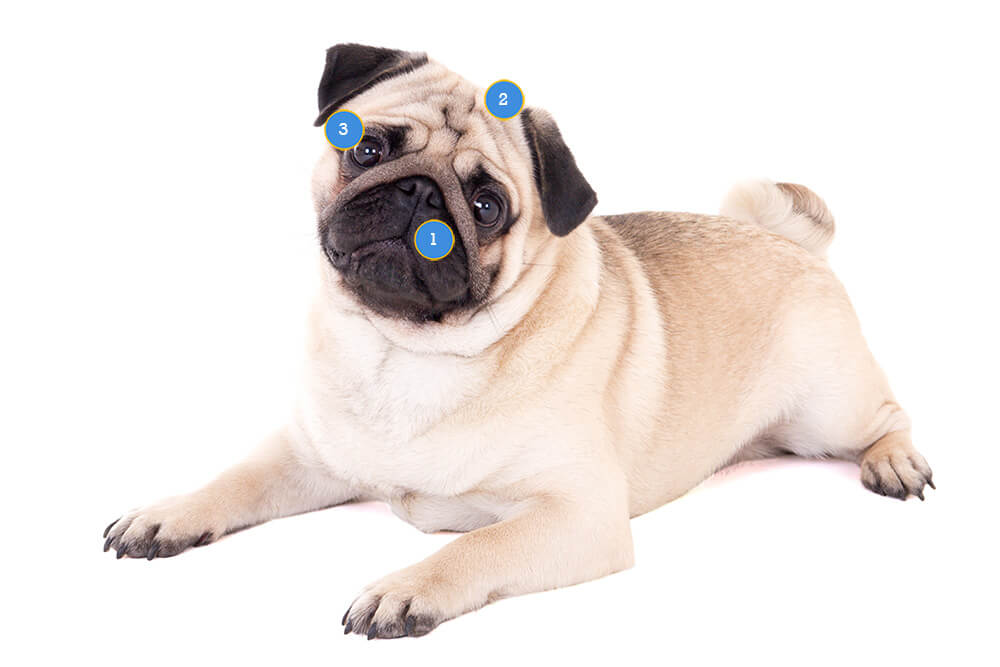
Factors to consider
They are a small breed so they can easily live in an apartment or small spaces. Pugs do not like to be left alone and will suffer from separation anxiety if they go too long without human contact. They might even follow you around the house and come for a cuddle in your bed at night. They do not enjoy extreme weather. If it is too hot or too cold, they would prefer to be inside. They are very susceptible to overheating. This is due to their short noses and small air passages. They are unable to cool themselves down as fast as other types of breeds, like a Labrador for example. When taking them out in the heat, it is something to be aware of.
Temperament
Pugs are a very loving and affectionate breed but they do have a stubborn side too. They are social and enjoy interacting with other dogs while remaining close in proximity to their humans, of course. If well-socialised they are good to have around other dogs and children due to their reserved and loving nature. They love to play which is a great way for you and your pug to form a strong bond. They are not known to bark and are generally quiet dogs to have. Which is yet another reason to have them in a flat or apartment.
Price to Own a Pug
The price of a pug ranges. It depends on where the pug comes from, its parents are and even their gender. You can expect to pay between £800 and £1 500 for a pug puppy. There are other costs throughout the year to include too. Some of these include:
- Microchipping
- Vaccinations
- Neutering
- Flea treatments
- Leash and collar
- Food, treats and bowls
- Toys
- Beds
- Grooming
- Pet insurance
Ease of training
Pugs are very intelligent but they can also be destructive which means it can be a challenge to train and housebreak them. The use of treats can be used to speed up the training process as they get rewarded for doing well.
Food
Pugs love treats and food but they do have a propensity to be overweight. You should monitor their food intake, especially when giving them treats. Their food needs to be adapted based on their size, lifestyle and age. Your vets will be able to tell you how much your pug should eat and what food is best for them.
Exercise
In order to keep your pug physically and mentally healthy they should be taken on regular short walks. Walk them about 4 times a day for 10 minutes each time. If you prefer a different form of exercise or to change things up a bit you can play games with them outside to get them moving. They do enjoy playing and the quality time allows you to form a strong bond with them. Pugs are prone to respiratory problems and could tire easily. If your pug tires and gets lethargic cease the exercising. You do not want to over work them.
Medical Conditions
1. BOAS (Brachycephalic Obstructed Airway Syndrome)
BOAS is a combination of upper airway problems seen in dogs that are bred to have short noses and high domed foreheads. Pugs are in the Brachycephalic dog group. This breeding causes an excess of soft tissues in the upper airways that obstructs airflow and forces the animal to rely on open mouth breathing.
They may have nostrils that are narrow or completely closed. The soft palate (at the back of the mouth) may be overlong and get dragged into the larynx when the dog breathes in. Sometimes the tonsils are very large and inflamed and protrude into the back of the mouth.
The larynx may be swollen, and the mucosal lining of the sides may bulge into the airway contributing to airway obstruction (everted laryngeal ventricles). Brachycephalic or short nosed dogs, have noisy breathing. Dogs affected with BOAS may have one or all of these structures affected and this means that the dog may snore very loudly when asleep, or even snore when awake and at rest.
When they exercise, they pant continuously and have difficulty exercising when the weather is warm. They often pant for a long time after exercise has finished as they cannot easily cool down or meet their oxygen requirements. Some dogs collapse when they exercise or get excited and may become so hypoxic (seen when the tongue turns a blue/purple colour) that they lose consciousness or even die. As dogs have to pant to lose heat, these dogs are also more prone to heat stroke which can also cause loss of consciousness or death.
Surgical correction to widen the nostrils and to shorten the soft palate into an anatomically correct position can help increase upper respiratory airflow. Sometimes it is also necessary to remove the tonsils and any everted laryngeal ventricles. Taking into account their heat intolerance, exercising at appropriate times is a necessary precaution. Keeping their weight within a healthy level is very important and other factors like mealtimes and amounts may help with secondary symptoms.
2. Necrotising Meningoencephalitis (NME) or Pug Dog Encephalitis (PDE)
A rapidly progressive, fatal inflammatory brain disorder affecting young pugs. Female fawn pugs up to 7 years old seem to be more prone to the disease. Genetic markers have been isolated for this disease in the Pug. Although environmental factors may play a role.
Symptoms may come on gradually or progress rapidly depending on the patient. In the first instance, a patient may present with vague symptoms such as lethargy and depression. As the disease progresses symptoms include: abnormal gait, circling and ataxia (weakness, stumbling and disorientation), behaviour changes, blindness, collapse, seizures and coma.
Diagnostics including blood tests, MRI, sampling CSF through lumbar puncture and genetic testing.
Unfortunately, there is no cure, treatment is symptomatic. It focuses on decreasing immune response, addressing inflammation and pain, and also controlling seizure activity. Vets may use steroids, immunosuppressive drugs and anti-epileptics.
3. Dry eye
This is when the lacrimal glands either reduce or stop producing tears. It is a common condition of flat-faced dogs who also tend to have bulging eyes. Causes can be an auto-immune, where the body attacks and destroys the tear glands. Rarely it is caused by faulty nerves (Neurogenic dry eye) or hormonal conditions such as hypothyroidism.
Symptoms include: Sticky, red or cloudy eyes. Dried discharge seen around the eyes. A general lack of shine to the eyes. Recurring eye infections. Rubbing the face or eyes and blinking regularly.
Treatments include: Medication to help tear production, false tears, antibiotic eye drops or ointment and surgery.
If you have any questions regarding your pug or any of the symptoms mentioned, give our registered vet nurses a call on the Scratch & Patch Careline. They will be able to answer any questions you may have.
Grooming
Pugs have a short and smooth coat that is fairly easy to take care of. Their coat is prone to shedding. During shedding season, they need to be brushed more regularly to avoid the hair going everywhere. Use a rubber brush for the best results. They will need to be bathed but only do it when they are dirty or begin to smell. They need to be bathed with a suitable dog shampoo. Once they are washed, they need to be dried thoroughly to ensure they do not overheat. Make sure to dry them in their skin folds too. Check the skin folds regularly to keep them clean.
Insurance
Pugs are predisposed to some illnesses. It is a good idea to insure your Pug from a puppy as younger animals are cheaper to insure. This is largely due to the fact they do not have the issues related to ageing. Often conditions do not show up until later in life. Insuring your Pug from a young age will mean any issues that may arise will be covered through your insurance provider. While genetics can give you an idea of what conditions your dog may have, there could be unforeseen medical bills.
Although it is recommended to insure your Pug from a young age it is not required as older dogs can get insurance too.
See how we can help you to insure your Pug today.
Pug Inspiration
These special dogs are treated like the prince and princesses they are by their owners. Their cute faces have grown in popularity and have become very popular on Instagram. Some of our favourites are:
Medical Conditions
1. BOAS (Brachycephalic Obstructed Airway Syndrome)
BOAS is a combination of upper airway problems seen in dogs that are bred to have short noses and high domed foreheads. Pugs are in the Brachycephalic dog group. This breeding causes an excess of soft tissues in the upper airways that obstructs airflow and forces the animal to rely on open mouth breathing.
They may have nostrils that are narrow or completely closed. The soft palate (at the back of the mouth) may be overlong and get dragged into the larynx when the dog breathes in. Sometimes the tonsils are very large and inflamed and protrude into the back of the mouth.
The larynx may be swollen, and the mucosal lining of the sides may bulge into the airway contributing to airway obstruction (everted laryngeal ventricles). Brachycephalic or short nosed dogs, have noisy breathing. Dogs affected with BOAS may have one or all of these structures affected and this means that the dog may snore very loudly when asleep, or even snore when awake and at rest.
When they exercise, they pant continuously and have difficulty exercising when the weather is warm. They often pant for a long time after exercise has finished as they cannot easily cool down or meet their oxygen requirements. Some dogs collapse when they exercise or get excited and may become so hypoxic (seen when the tongue turns a blue/purple colour) that they lose consciousness or even die. As dogs have to pant to lose heat, these dogs are also more prone to heat stroke which can also cause loss of consciousness or death.
Surgical correction to widen the nostrils and to shorten the soft palate into an anatomically correct position can help increase upper respiratory airflow. Sometimes it is also necessary to remove the tonsils and any everted laryngeal ventricles. Taking into account their heat intolerance, exercising at appropriate times is a necessary precaution. Keeping their weight within a healthy level is very important and other factors like mealtimes and amounts may help with secondary symptoms.
2. Necrotising Meningoencephalitis (NME) or Pug Dog Encephalitis (PDE)
A rapidly progressive, fatal inflammatory brain disorder affecting young pugs. Female fawn pugs up to 7 years old seem to be more prone to the disease. Genetic markers have been isolated for this disease in the Pug. Although environmental factors may play a role.
Symptoms may come on gradually or progress rapidly depending on the patient. In the first instance, a patient may present with vague symptoms such as lethargy and depression. As the disease progresses symptoms include: abnormal gait, circling and ataxia (weakness, stumbling and disorientation), behaviour changes, blindness, collapse, seizures and coma.
Diagnostics including blood tests, MRI, sampling CSF through lumbar puncture and genetic testing.
Unfortunately, there is no cure, treatment is symptomatic. It focuses on decreasing immune response, addressing inflammation and pain, and also controlling seizure activity. Vets may use steroids, immunosuppressive drugs and anti-epileptics.
3. Dry eye
This is when the lacrimal glands either reduce or stop producing tears. It is a common condition of flat-faced dogs who also tend to have bulging eyes. Causes can be an auto-immune, where the body attacks and destroys the tear glands. Rarely it is caused by faulty nerves (Neurogenic dry eye) or hormonal conditions such as hypothyroidism.
Symptoms include: Sticky, red or cloudy eyes. Dried discharge seen around the eyes. A general lack of shine to the eyes. Recurring eye infections. Rubbing the face or eyes and blinking regularly.
Treatments include: Medication to help tear production, false tears, antibiotic eye drops or ointment and surgery.
If you have any questions regarding your pug or any of the symptoms mentioned, give our registered vet nurses a call on the Scratch & Patch Careline. They will be able to answer any questions you may have.
Grooming
Pugs have a short and smooth coat that is fairly easy to take care of. Their coat is prone to shedding. During shedding season, they need to be brushed more regularly to avoid the hair going everywhere. Use a rubber brush for the best results. They will need to be bathed but only do it when they are dirty or begin to smell. They need to be bathed with a suitable dog shampoo. Once they are washed, they need to be dried thoroughly to ensure they do not overheat. Make sure to dry them in their skin folds too. Check the skin folds regularly to keep them clean.
Insurance
Pugs are predisposed to some illnesses. It is a good idea to insure your Pug from a puppy as younger animals are cheaper to insure. This is largely due to the fact they do not have the issues related to ageing. Often conditions do not show up until later in life. Insuring your Pug from a young age will mean any issues that may arise will be covered through your insurance provider. While genetics can give you an idea of what conditions your dog may have, there could be unforeseen medical bills.
Although it is recommended to insure your Pug from a young age it is not required as older dogs can get insurance too.
See how we can help you to insure your Pug today.
Pug Inspiration
These special dogs are treated like the prince and princesses they are by their owners. Their cute faces have grown in popularity and have become very popular on Instagram. Some of our favourites are:
